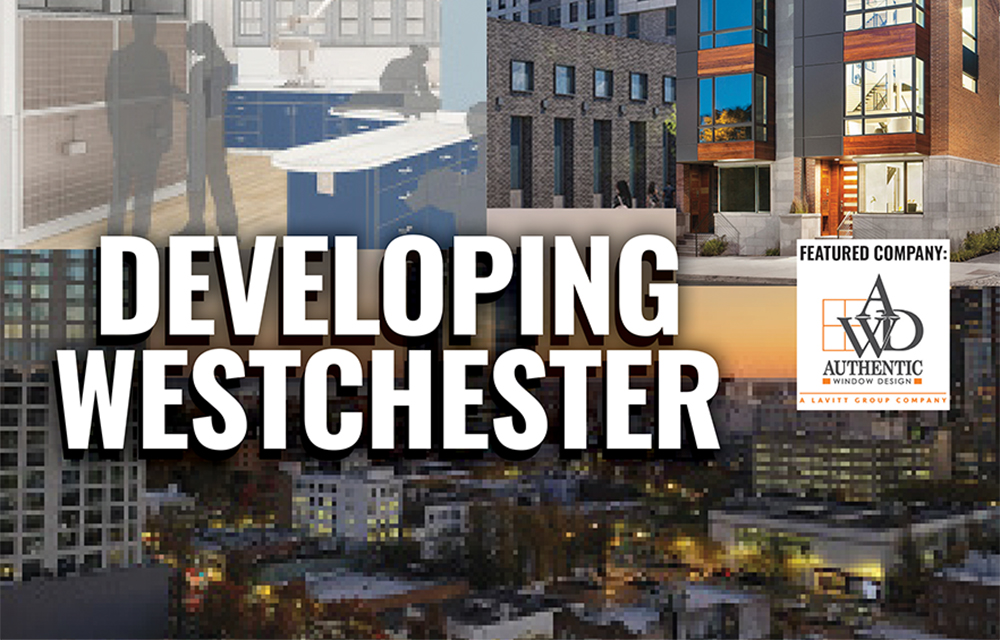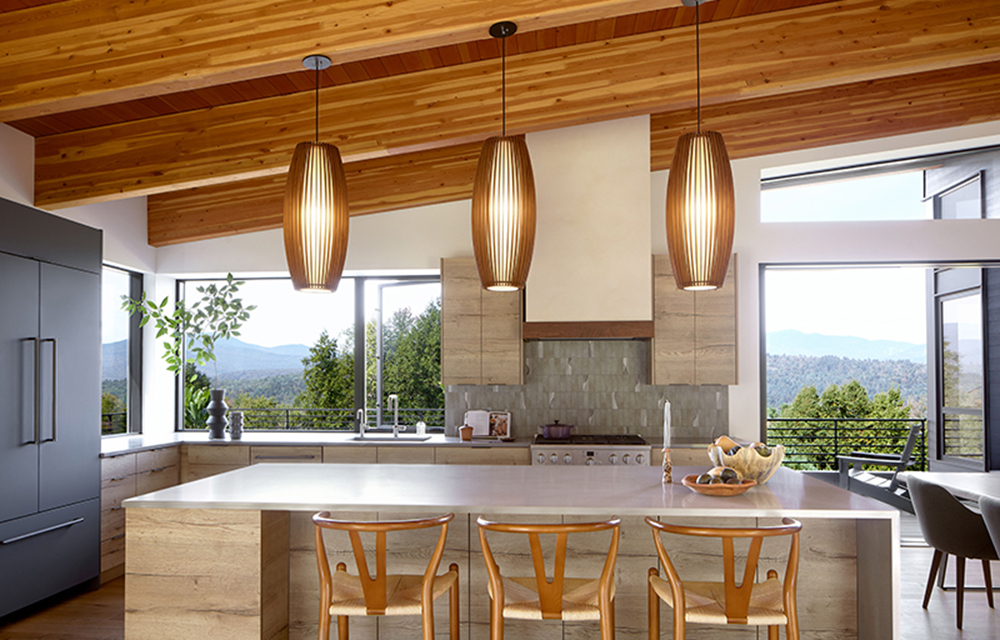2016 Year in Review: Patrick Dolan, Steamfitters Local 638
Name & Title: Patrick Dolan, President
Company Name: Steamfitters Local 638
What was your most notable project, deal, transaction or professional achievement in 2016?
As part of our ongoing effort to advocate for fair wages, healthcare, pensions and other benefits for working people, Steamfitters Local 638’s Organizing Committee was very successful in helping exploited workers leave dangerous non-union job sites and transition into safe industry careers that provide a true pathway to the middle class. As example, this summer, Local 638 unionized underpaid immigrant welders being abused by contractors at a very large Queens Plaza residential jobsite plagued with safety and wage violations. As skilled workers, they entered the union and began working on a School Construction Authority project in Manhattan just three days later.
What project, transaction, market trend or product had the greatest impact on your industry this year?
Steamfitters, pipefitters and plumbers are among the fastest growing occupations in our nation. The Bureau of Labor Statistics expects the industry to grow by 12% from 2014 to 2024. This is evident in New York City, where construction spending is projected by the New York Building Congress to reach $43.1 billion in 2016. As New York City grows taller and denser every year, elevators, fire sprinklers and piping systems are what make vertical cities possible. It’s why we currently have 400 steamfitters enrolled in our five-year apprentice program to learn how to design, build and maintain the quality New York City skyline.
What emerging trends will drive investment and development in 2017?
Achieving New York City’s goal to reduce greenhouse gas emissions by 80% by 2050 from 2005 levels will require smarter efforts to modernize its aging building inventory, which accounts for 70% of the city’s GHG emissions. The city has lowered its emissions by 14% and can accelerate this progress by retrofitting outdated piping, heating and ventilation systems, especially in older buildings, many of which have surpassed their useful lifespans of about 50 years. Retrofitting with new copper piping, expected to last 70 to 100 years, would be a sustainable solution to meeting this goal and produce significant savings year after year.
Over half of Long Island towns vote to exceed the tax cap - Here’s how owners can respond - by Brad and Sean Cronin


How much power does the NYC mayor really have over real estate policy? - by Ron Cohen

Oldies but goodies: The value of long-term ownership in rent-stabilized assets - by Shallini Mehra

Properly serving a lien law Section 59 Demand - by Bret McCabe








.png)


.jpg)
.gif)